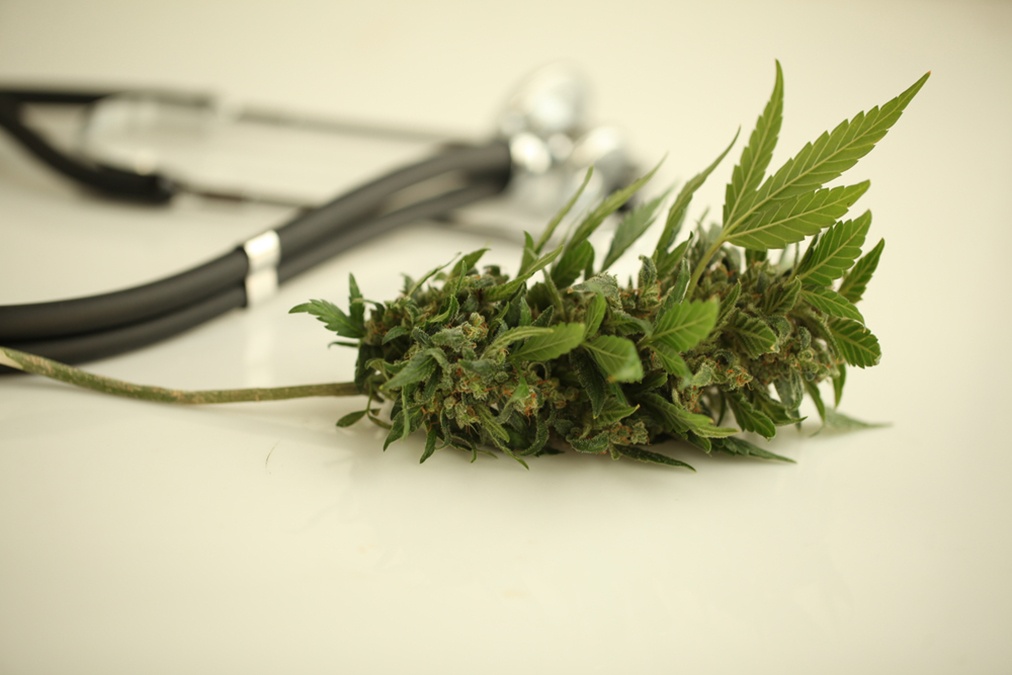 During 2018, an interesting debate broke out between the Minnesota Department of Health and the American Academy of Sleep Medicine about the use of medical marijuana in curing sleep apnea.
During 2018, an interesting debate broke out between the Minnesota Department of Health and the American Academy of Sleep Medicine about the use of medical marijuana in curing sleep apnea.
Minnesota approved the use of marijuana for sleep apnea and wrote a brief that summarized the existing research.
The Academy, on the other hand, released a position statement that not only claimed that solid evidence for its effectiveness was still lacking, but that explicitly warned people not to use it due either to that fact that many people might be intolerant of it or due to potential safety problems.
So, who’s right and who’s wrong?
The Minnesota Department of Health found four studies that they thought it was worth trying.
In the first study published in Respiratory Physiology & Neurobiology in 2008, scientists concluded from the existing literature that sleep breathing disorders were at least partially caused by stimulation of some vagus nerve pathways.
One of the functions of your vagus nerve is the unconscious control of your lungs and breathing, which shows why it might be involved in sleep apnea, and it contains a large number of cannabinoid receptors, which are the receptors that marijuana works on.
In that same journal in 2014, scientists showed that an injection of dronabinol, a version of the THC found in marijuana, directly into the vagus nerves of rats reduced their sleep apnea and increased the tone of their upper airway muscle.
This is promising, because it suggests that THC can address a cause, namely poor muscle tone, rather than simply addressing the consequences of sleep apnea.
The other two studies were proper studies on humans.
The first was performed on 17 sleep apnea sufferers, found that it significantly improved the sleep breathing quality of the participants after 21 days of using either 2mg, 5mg, or 10mg daily.
The second compared the use of dronabinol with a fake treatment and used 56 sleep apnea sufferers as subjects, and was published in the journal Sleep.
Its subjects used 2mg, 5mg, or 10mg of dronabinol an hour before bedtime and it was found on average that they experienced a 33 percent reduction in breathing pauses throughout the night. Those on 10mg reported the most satisfaction with the treatment.
The only problem?
Dronabinol, sold under brand names like Marinol, is not natural marijuana. It is a synthetic, i.e. laboratory-made, version of THC. This is the type of synthetic drug that we would usually warn against because it is not natural.
No study on real marijuana as a treatment has been done because it is still illegal in most places, thereby causing a major brake on research.
Real marijuana primarily contains THC and CBD, and smaller amounts of healthy flavonoids and terpenes.
You can easily obtain 10mg of THC from natural marijuana, as you can from dronabinol. If the strain you buy has 10 percent of THC, just use 100mg before bedtime.
The only question that has yet to be answered is whether other marijuana ingredients hinder the ability of THC to relax your upper airway muscles and reduce your breathing pauses.
Whether or not you use or try marijuana is entirely up to you. But for the purpose of healing snoring and sleep apnea, there is a much easier, legal method.
You see, using simple throat exercises – found here – you can strengthen and loosen the muscles around your breathing passages and heal your snoring and sleep apnea from as soon as tonight…

 Overcoming IBD
Overcoming IBD Multiple Sclerosis
Multiple Sclerosis Banishing Bronchitis
Banishing Bronchitis Gum Disease Gone
Gum Disease Gone Overcoming Onychomycosis
Overcoming Onychomycosis Neuropathy No More
Neuropathy No More The Prostate Protocol
The Prostate Protocol Brain Booster
Brain Booster
 Ironbound
Ironbound
 Solution for Shingles
Solution for Shingles
 The Bone Density Solution
The Bone Density Solution
 The Ultimate Healing Protocol
The Ultimate Healing Protocol
 The Parkinson's Protocol
The Parkinson's Protocol
 The Chronic Kidney Disease Solution
The Chronic Kidney Disease Solution
 Overthrowing Anxiety
Overthrowing Anxiety The Fatty Liver Solution
The Fatty Liver Solution The Hypothyroidism Solution
The Hypothyroidism Solution
 The End of Gout
The End of Gout The Blood Pressure Program
The Blood Pressure Program
 The Oxigized Cholesterol Strategy
The Oxigized Cholesterol Strategy
 Stop Snoring And Sleep Apnea Program
Stop Snoring And Sleep Apnea Program
 The Arthritis Strategy
The Arthritis Strategy The Vertigo & Dizziness Program
The Vertigo & Dizziness Program The 3-Step Diabetes Strategy
The 3-Step Diabetes Strategy Hemorrhoids Healing Protocol
Hemorrhoids Healing Protocol The Erectile Dysfunction Master
The Erectile Dysfunction Master Weight Loss Breeze
Weight Loss Breeze The IBS Program
The IBS Program The Insomnia Program
The Insomnia Program The Migraine and Headache Program
The Migraine and Headache Program The Neck Pain Solution
The Neck Pain Solution The Menopause Solution
The Menopause Solution The Ejaculation Master
The Ejaculation Master The TMJ Solution
The TMJ Solution The Acid Reflux Solution
The Acid Reflux Solution The Fibromyalgia Solution
The Fibromyalgia Solution The Psoriasis Strategy
The Psoriasis Strategy